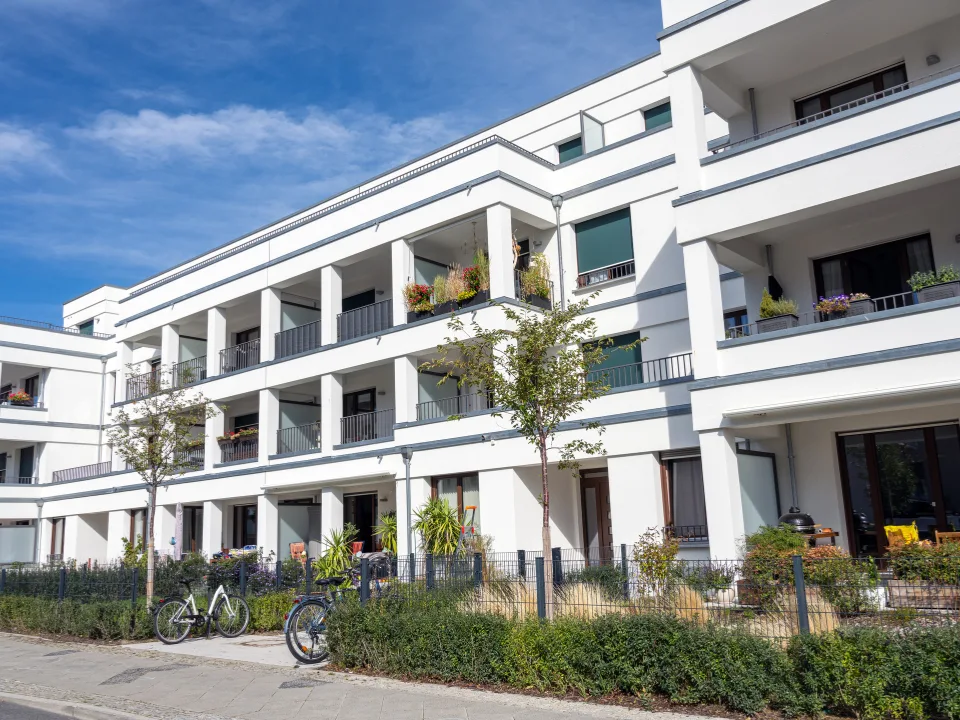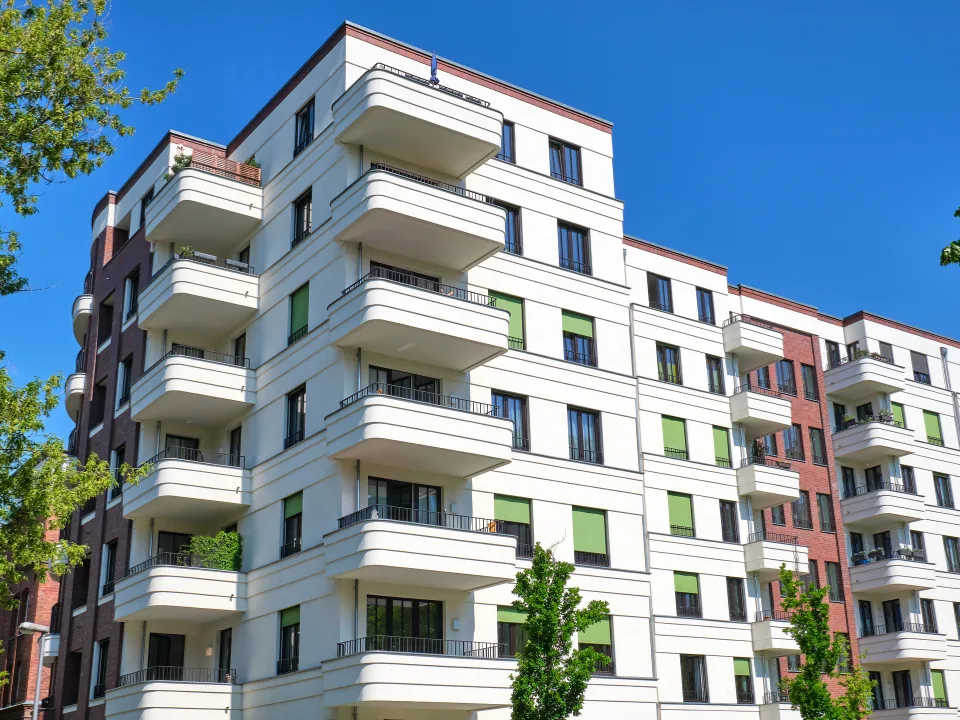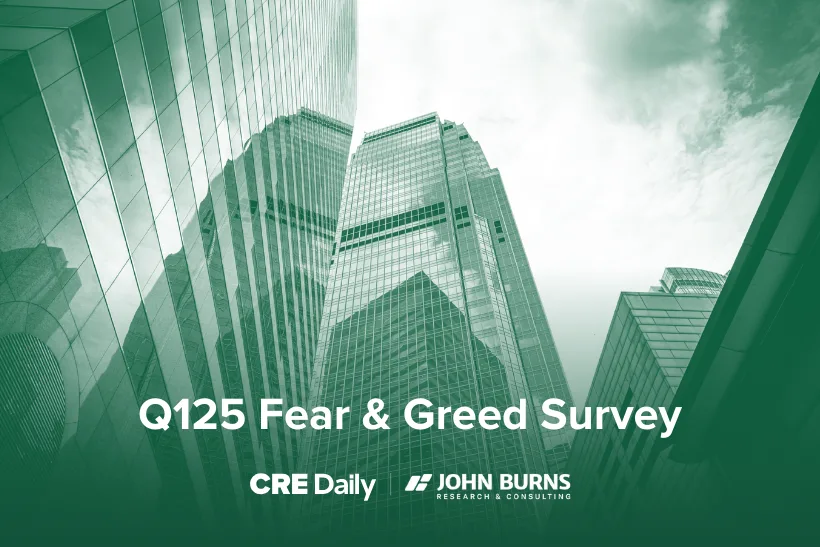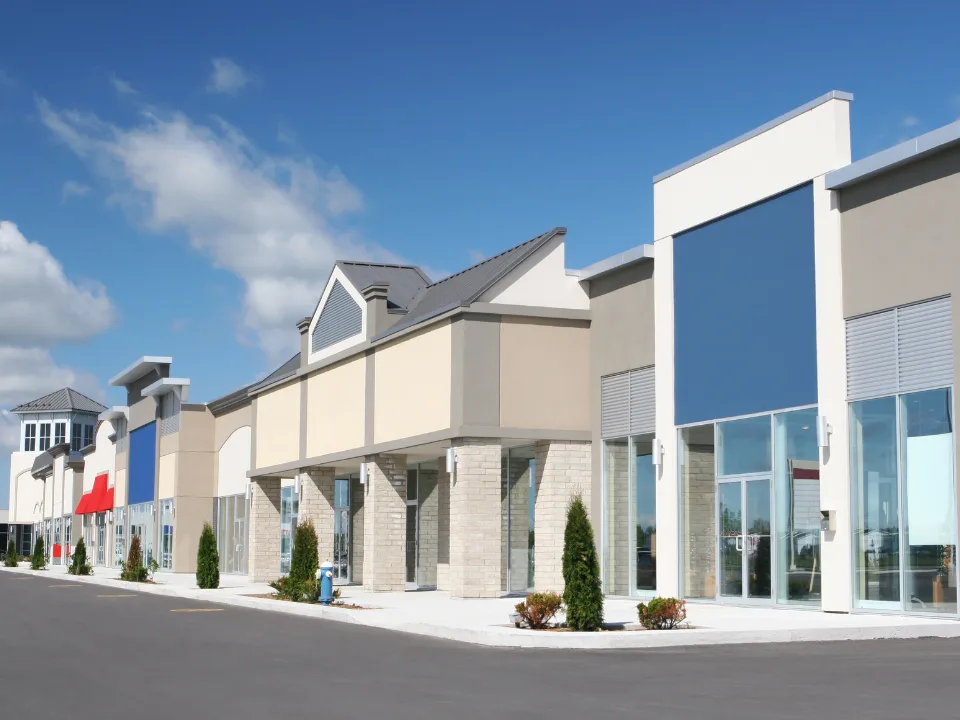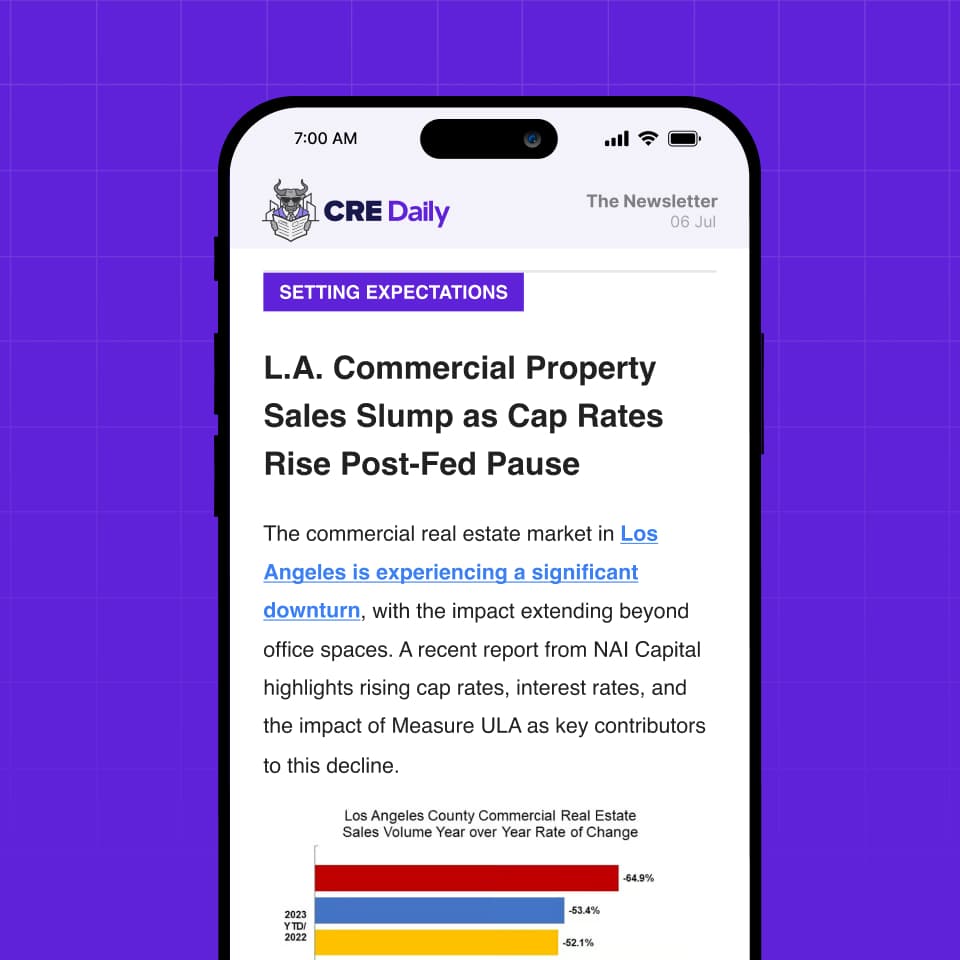- Q4 net absorption reached 183.6K units, a 13% increase quarter-over-quarter and 118% increase YoY, per CBRE’s latest report.
- Annual net absorption totaled 530.6K units, more than double 2023’s figure and just 14% below the 2021 record.
- Vacancy rates fell to 4.9% nationally, with 63 markets seeing quarter-over-quarter declines.
- Rent growth remained positive year-over-year, with the Midwest leading at 2.8%.
- Multifamily led CRE investment activity, accounting for 36% of total volume, with Los Angeles, New York, and Dallas-Fort Worth leading in transactions.
Multifamily absorption hit record levels in Q4, with 183.6K units absorbed, outpacing 114K new units by 61%. According to GlobeSt, annual absorption reached 530.6K units, more than double the 248.8K units absorbed in 2023 and just shy of the 2021 peak.
CBRE’s data reveals a remarkable turnaround—for the first time, all 69 tracked markets posted positive net absorption in Q4. Traditionally, the fourth quarter sees lower or negative absorption, making this trend highly unusual.
Top-Performing Markets
New York, Houston, and Dallas recorded the highest absorption figures:
- New York: 18.6K units in Q4, 41.7K units for the year
- Houston: 10.4K units in Q4, 27.6K units for the year
- Dallas: 8.8K units in Q4, 27.4K units for the year
Of the top 15 markets, all but three saw net absorption growth above 3%, exceeding the national average of 2.6%. Additionally, five of these markets have construction pipelines exceeding 15% of their existing inventory, highlighting strong development activity.
Get Smarter about what matters in CRE
Stay ahead of trends in commercial real estate with CRE Daily – the free newsletter delivering everything you need to start your day in just 5-minutes
Vacancy Rates on the Decline
The overall vacancy rate dropped to 4.9%, dipping below its long-term average of 5%. By the end of Q4:
- 30 markets had vacancy rates below their pre-pandemic levels, up from 19 in Q3 and 14 in Q2.
- 63 markets recorded QoQ vacancy declines, a jump from 49 in Q3.
- Only Denver and West Palm Beach saw vacancy rates increase.
- Providence (2.4%) and New York (3.1%) had the lowest vacancy rates nationwide.
Vacancy rates fell across all asset classes, with Class A at 5.3%, Class B at 4.8%, and Class C at 4.9%. However, all three remain 40-90 bps higher than their 1Q20 levels.
Rent Growth Remains Resilient
Despite seasonal trends, average monthly rent grew 0.5% YoY to $2,176. Regionally, the strongest performers were:
- Midwest: +2.8%
- Northeast: +2.3%
- Pacific: +0.4%
Meanwhile, rent declines moderated in:
- Southeast: -1.1%
- South Central: -2.5%
However, the Mountain region saw declines accelerate to -2.8%, reflecting continued softness in that area.
Multifamily Leads Investment Activity
Multifamily remained the dominant CRE asset class, accounting for 36% of total investment volume in Q4 and for the full year. Top investment markets included:
- Los Angeles: $9.6B
- New York: $9.3B
- Dallas-Fort Worth: $8.5B
What’s Next?
The strong absorption figures signal resilient demand for multifamily housing despite economic uncertainties and rising construction pipelines. With vacancy rates tightening and investment volume remaining high, multifamily real estate appears well-positioned for continued growth in 2025.
